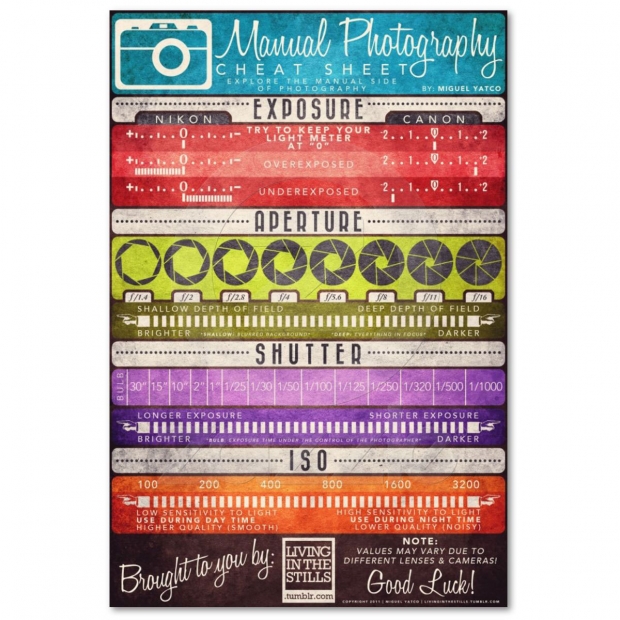Transform Your Photography By Mastering Lights Techniques That Can Elevate Your Images-- Uncover The Usual Mistakes That Could Be Holding You Back
Transform Your Photography By Mastering Lights Techniques That Can Elevate Your Images-- Uncover The Usual Mistakes That Could Be Holding You Back
Blog Article
Write- hop over to this website Produced By-From Riddle
As a digital photographer, you know that lighting can make or break your photos. Recognizing the nuances of both all-natural and fabricated light is important for capturing the mood and clarity you go for in your work. Whether you're chasing after the excellent gold hour radiance or adjust your fabricated arrangements, mastering these elements can boost your photography substantially. But there prevail risks that numerous ignore, and identifying them can change your strategy to every shoot. Let's discover what you might be missing out on and how it can influence your results.
Recognizing Natural Light
Understanding all-natural light is vital for any type of professional photographer wanting to boost their job. It's the structure of great photography, influencing state of mind, tone, and quality. When you fire outdoors, take note of the moment of day. visit the next web page -- quickly after sunrise and before sunset-- uses soft, cozy light that can transform normal scenes right into magnificent images.
Do not ignore http://arthur8jacquetta.booklikes.com/post/6569544/prepare-to-reveal-the-tricks-of-travel-digital-photography-fundamentals-that-will-change-your-experiences-right-into-exciting-visual-tales-yet-what-key-techniques-will-you-discover of cloudy days. Cloud cover diffuses sunlight, developing a soft, even light that's best for portraits and macro digital photography. You'll locate shades appear this sort of illumination without extreme darkness.
Placing matters, also. Constantly consider your subject's orientation to the light. If the sunlight's behind your topic, you might end up with a shape, which can be dramatic yet mightn't be what you want. On the other hand, straight sunlight can develop unflattering darkness.
Experiment with angles; sometimes, transforming your perspective can generate fantastic outcomes. Usage natural reflectors, like water or sand, to bounce light onto your topic, including dimension.
Learning Artificial Light
Grasping artificial light is crucial for digital photographers who want to take their abilities to the following degree. Whether Studio Photo using speedlights, workshop strobes, or constant lights, comprehending just how to control these sources can substantially enhance your pictures.
Start by acquainting yourself with the fundamentals of light quality, direction, and color temperature level. Experiment with various modifiers like softboxes, umbrellas, or grids to regulate the soft qualities or cruelty of the light.
You'll find that soft light commonly produces complementary results, while harsher light can include dramatization and depth. Don't avoid shadows; they can boost the three-dimensionality of your topics.
Pay close attention to the placement of your lights. A light positioned also close to your topic can develop unflattering results, while too far away can lead to an absence of detail. Utilize a light meter or your video camera's histogram to ensure you're exposing correctly.
Last but not least, bear in mind that artificial light can be combined with ambient light for innovative impacts. Stabilizing these sources may take method, once you master it, your digital photography will genuinely beam.
Techniques for Different Scenarios
When you enter various capturing situations, adapting your lights strategies is crucial for catching the best photos. For exterior pictures, utilize the gold hour-- early morning or late afternoon light-- to soften darkness and boost complexion.
If it's a rough noontime sun, take into consideration utilizing a reflector to bounce light back onto your subject or look for shaded locations for a more even exposure.
In low-light scenarios, like indoor occasions, increase your ISO and make use of a wide aperture to allow in more light. A tripod can assist get rid of video camera shake, permitting longer exposures without blurring.
If you're shooting at night, experiment with off-camera flash to produce dynamic illumination and depth in your pictures.
For product digital photography, use diffused lighting to stay clear of harsh reflections. Softboxes or light outdoors tents can assist attain this result.
When photographing landscapes, think about the direction of light and time of day, as it can dramatically alter the state of mind of your shot.
Always be ready to readjust your settings and positioning based on the scenario, as flexibility is essential to grasping lighting in photography.
Conclusion
To conclude, grasping lighting is key to raising your digital photography abilities. Accept all-natural light's charm during gold hour, and do not avoid try out synthetic light methods. By adjusting your technique to various situations, you'll catch sensational images that resonate with feeling and quality. Keep in mind, the ideal lighting can transform a normal shot into something remarkable, so keep practicing and improving your understanding of both all-natural and synthetic light. Satisfied capturing!
